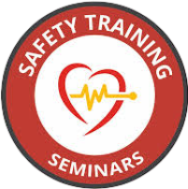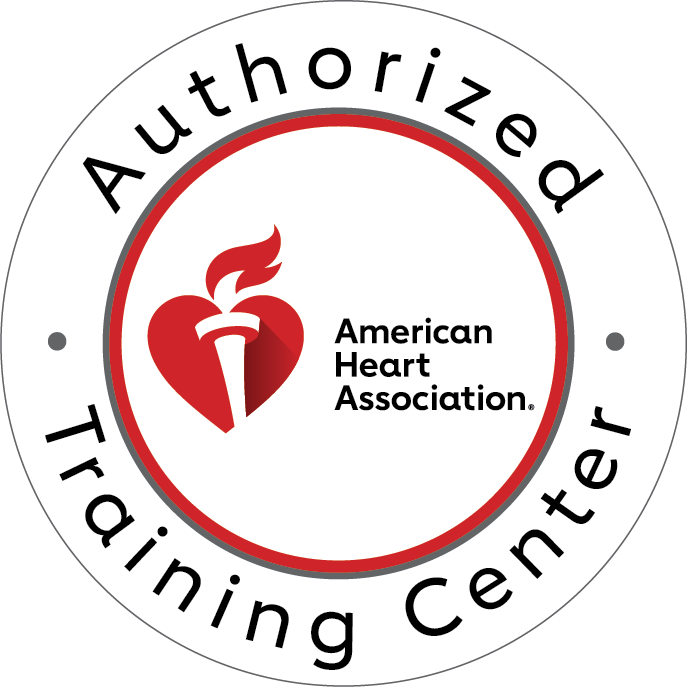Cardiac arrest can happen anytime, anywhere, and to anyone. Did you know that nearly 350,000 cardiac arrests occur outside of hospitals in the U.S. every year? Without immediate intervention, survival rates drop dramatically every minute. That’s where CPR (Cardiopulmonary Resuscitation) steps in as a lifesaving response.
This blog explores the critical importance of CPR in healthcare, its history, and its life-saving potential. You’ll also learn about the role of healthcare professionals, how to get certified, and why even everyday people should prioritize learning this essential skill. By the end, you’ll understand why CPR is a must-have competency for anyone wanting to make a difference when it matters most.
What Is CPR and Its Role in Healthcare?
CPR, short for Cardiopulmonary Resuscitation, is an emergency procedure designed to maintain vital blood flow and oxygenation during cardiac or respiratory emergencies. Its two primary components are:
- Chest compressions to manually pump blood.
- Rescue breaths to deliver oxygen to the lungs.
Why it matters:
When the heart stops, oxygenated blood is no longer delivered to vital organs like the brain. Without oxygen, brain damage can occur within 4-6 minutes, and the chances of survival plummet. CPR’s main goal is to sustain circulation until advanced medical help arrives.
CPR isn’t limited to healthcare settings—it’s equally critical in schools, workplaces, homes, and public spaces. Whether performed by a nurse, a paramedic, or a bystander, CPR can literally mean the difference between life and death.
The History of CPR
Modern CPR is the result of decades of research and innovation. Here’s a brief timeline of its evolution:
- 1950s: The introduction of mouth-to-mouth resuscitation by James Elam and Peter Safar revolutionized how emergencies were handled.
- 1960s: CPR as we know it was developed, combining chest compressions with mouth-to-mouth. The American Heart Association (AHA) began promoting it widely.
- 1970s-1990s: CPR guidelines were standardized based on ongoing research into its efficiency.
- 2000s: Hands-only CPR became popular, emphasizing chest compressions for bystanders who may be hesitant to perform mouth-to-mouth.
- Today: Innovations in CPR training, such as interactive apps and AI feedback devices, are making the procedure more accessible than ever.
This timeline showcases CPR’s transformation into the effective, evidence-based practice that saves countless lives today.
Importance of CPR in Saving Lives
Hard-hitting stats:
- Cardiac arrests strike overwhelmingly in homes (about 70% of cases). That means someone you love could be depending on you.
- Survival rates decrease by 7-10% for every minute without CPR.
- Bystander CPR can double or even triple the chances of survival, according to the AHA.
Central to CPR’s efficacy is the “Chain of Survival”—a series of actions that improve survival rates during cardiac events. CPR represents a vital link in this chain, bridging the gap until defibrillation or emergency medical services arrive.
The power of bystander CPR:
Performing immediate CPR can buy valuable time for professionals to step in. Even imperfect CPR is better than doing nothing. You don’t need to be a doctor—just applying compressions is enough to make life-saving differences.
The Role of Healthcare Professionals in CPR
First responders in action:
Healthcare professionals—be it nurses, paramedics, or physicians—are typically the first to respond to cardiac emergencies in clinical or public settings. CPR proficiency isn’t optional; it’s a core competency that saves patients’ lives daily.
Ongoing training matters:
Regular refresher courses ensure healthcare workers stay sharp and follow the latest evidence-based guidelines. The AHA’s Basic Life Support (BLS) and Advanced Cardiac Life Support (ACLS) certifications are tailored for medical teams to perform CPR with precision and confidence.
Beyond clinical roles:
Even hospital administrators and allied health professionals benefit from CPR training, extending readiness across entire healthcare systems.
CPR Training and Certification
Learning CPR is surprisingly straightforward and accessible. Here’s how to get started:
Find a credible training provider:
Look for organizations like the American Heart Association (AHA) or Safety Training Seminars, which offer certifications in:
- CPR & First Aid (general use)
- BLS (Basic Life Support) for healthcare workers
- PALS (Pediatric Advanced Life Support) for managing pediatric patients
- ACLS (Advanced Cardiac Life Support) for advanced medical teams.
What to expect:
- Courses typically last between 2-4 hours.
- They combine hands-on practice (using mannequins) with theoretical knowledge.
- You’ll learn chest compressions, rescue breaths, and proper application of automated external defibrillators (AEDs).
Stay certified:
Renewals are needed every two years to ensure skills align with the latest CPR guidelines.
Why the general public should learn:
While CPR is crucial for medical professionals, it’s equally important for everyday people. Knowing how to respond in an emergency could make you a hero. You don’t have to work in healthcare to save a life.
6. Debunking Myths About CPR
With mandatory CPR training being a relatively recent concept, it’s understandable that many people still harbor myths and misconceptions about the procedure. Let’s debunk some of the most common ones:
Myth 1: “Only professionals should perform CPR.”
Truth: Anyone can and should perform CPR. Most cardiac arrests occur at home, and immediate action is vital.
Myth 2: “It’s better to wait for EMS if you’re unsure.”
Truth: Any CPR is better than no CPR. Start chest compressions—you could buy the person enough time to survive.
Myth 3: “CPR always involves mouth-to-mouth.”
Truth: Hands-only CPR (just chest compressions) is sufficient for many adult cardiac arrests and encouraged for untrained bystanders.
By dispelling these myths, more lives can be saved through quick, decisive action.
Act Today, Save a Life Tomorrow
CPR is more than a healthcare skill—it’s a universal life-saving necessity. Its evolution, from mouth-to-mouth resuscitation to hands-only CPR, reflects its adaptability and effectiveness throughout the years. Whether you’re a healthcare professional or a caring individual, learning CPR empowers you to act in life-or-death situations.
If you haven’t yet, consider getting CPR certified. Organizations like Safety Training Seminars offer high-quality AHA-backed courses, including CPR & First Aid, Basic Life Support (BLS), Pediatric Advanced Life Support (PALS), and Advanced Cardiac Life Support (ACLS). Becoming CPR-certified isn’t just a skill—it’s a commitment to being someone who makes a difference when it matters most.
Are you ready to learn this essential skill? Contact us today to start your CPR certification.








